Back to square one?
This Article was published in
The Frontier Post (February 12, 2010)
Business Recorder (February 15, 2010)
By Sahibzada Hussain Mohi-ud-Din Qadri
A predictable pattern whose contours can easily be identified characterizes the relationship between Islamabad and New Delhi. Following 14-month long stalemate in its relations with Pakistan caused by the Indian policy of no talk after the Mumbai terror attacks on November 26, 2008, the Indian foreign secretary's invitation to her Pakistani counterpart for resumption of dialogue, though a welcome move, represents the treading of a familiar road. However, unfortunately this is a road which India has most often traveled without making much of a difference. While the Pakistani foreign office prepares the agenda for talks with India to be held anytime this month, it is important to take stock of a number of critical factors which underline the Indian attitude and precede the offer for resumption of dialogue with Pakistan.
First, the last high-level engagement between top leaderships of both countries took place at the Egyptian recreational city, Sharm el Sheikh, in July 2009 which culminated in the issuance of joint communiqué. Prime Minister Manmohan Singh clearly committed to the de-linking of peace process from terrorism, a stance Pakistan has been espousing all along. Secondly he also agreed to address the Pakistani concerns about the Indian intervention in Balochistan and FATA. The communiqué betrayed the Indian readiness to engage in a bilateral dialogue with Islamabad. However, he was quick to take a somersault on the interpretation of the communiqué when confronted with political storm in the Indian parliament and strong protest from the opposition political parties. The subsequent months saw hardening of the Indian posture and gradual mounting of diplomatic pressure on Pakistan. As in case of political and diplomatic standoff between December 2001 and January 2004, New Delhi tried its level best to portray her as the sponsor and breeding ground of terrorism. The statements of the former Indian National Security Advisor are a case in point.
Only recently in December 2009, outgoing Indian Chief of Army Staff, General Deepak Kapoor, threw light on the broad contours of the Cold Start doctrine, which is now an essential part of the Indian strategic policy. He boasted about the New Delhi's capability to open two fronts simultaneously with Pakistan and China by undertaking target-oriented and highly calculated surgical strikes on the important strategic locations of the adversary without letting the situation escalate into a wide ranging military engagement accompanied by the threat of the nuclear weapons. According to the defence analysts, the Cold Start doctrine was coined in 2004 with minute details after India's failure to browbeat Pakistan into submission despite its mobilization of around half million troops along the Pakistani border in what came to be known as an eyeball to eyeball confrontation between 2001 and 2004. The Cold Start doctrine also explains New Delhi's threat to target 'terrorist training camps' within Pakistan by way of preemption to forestall any possibility of the Mumbai-like attacks from these non-state actors.
As if this was not enough, the Indian government brought its pressure to bear upon the management of Indian Premier League (IPL) not to buy the services of the Pakistani cricketers. Similarly, the Indian government also did not allow its team to visit Pakistan last year to play test series and ODIs against the home side. It also successfully presided over the shifting of matches of the upcoming Cricket World Cup from Pakistan, which were previously scheduled to be held here by invoking the security concerns. The purpose of this carefully calibrated anti-Pakistan campaign is to isolate her from the rest of the world and to prove to the international community that the country is hub of terrorism.
Recently India also heightened border tension with Pakistan when it resorted to violation of the working boundary in the Lahore and Sialkot sectors besides reported rise in the firing incidents across the Line of Control. There has also been drastic reduction in the visas to the Pakistani visitors with the result that the number of cross-border visitors has fallen by 80%. The Pakistani publishers and booksellers who wanted to participate in the World Book Fair in New Delhi have been denied visas. This Indian attitude runs counter to its proclaimed objective to enhance people-to-people contact as a Confidence Building Measure (CBM) to help create 'peace constituencies' in both countries.
The Indian establishment also made American Defence Secretary, Robert Gates who recently visited both India and Pakistan, echo its favourite mantra that in case of any other Mumbai-like terrorist attacks on its soil, the Indian patience would run out. The implication was that the terrorist strikes from the alleged non-state actors would be considered to have full backing of the Pakistani state and that Pakistan is still using the terrorist organizations as its proxy to 'bleed India'. This evoked firm response from the Pakistani political and military leadership who made it clear to Secretary Gates that Pakistan did not buy the Indian line and that any misadventure under this false assumption would be countered with full force.
The above-mentioned narration of immediate background of the India-Pakistan relations after November 26, 2009 is important to understand the shift in the Indian attitude. This would help in deciphering the Indian intentions behind its policy U-turn on the question of talks with Pakistan. While the exact nature and content of dialogue is not yet known, it is important for the Pakistani leadership to guard itself against any euphoria. We do not know yet whether the Indian offer of dialogue is tactical or substantive. The major question is: would the composite dialogue process be resumed from where it broke off in 2008?
However, the informed leaks in the Indian media do not suggest that New Delhi is interested in starting a broad-based and wide ranging composite dialogue framework. There is a talk of 'measured contacts' within the Indian political leadership. In his article published in the Harvard International Review magazine's latest issue, Shiv Shankar Menon, the newly appointed Indian National Security Advisor, gave an idea of things to follow when he wrote that "from an Indian perspective, foremost among the issues that divide India and Pakistan is terrorism. For Indians the dialogue with Pakistan, and the entire relationship, is predicated on an absence of violence against India from Pakistan, a sense that has hardened since cross-border terrorism began three decades ago." He further stated that India has faced a series of attacks from the territory of its neighbour, "with complicity of official organs of that neighbour and that no other state has responded to a sustained terrorist campaign of this nature with the sort of restraint and patience displayed by India namely without recourse to direct military options or retaliation."
In view of the above, the Pakistani leadership needs to carefully consider its options and calibrate its response by seeking the input from all stakeholders. Pakistan does not afford to be lured into a trap of meaningless dialogue as has been the case in the past. Other than terrorism, there are a number of contentious disputes including the core issue of Jammu and Kashmir that lies at the heart of strained relations between the South Asian neighbours.
(The writer is a PhD candidate at an Australian University)






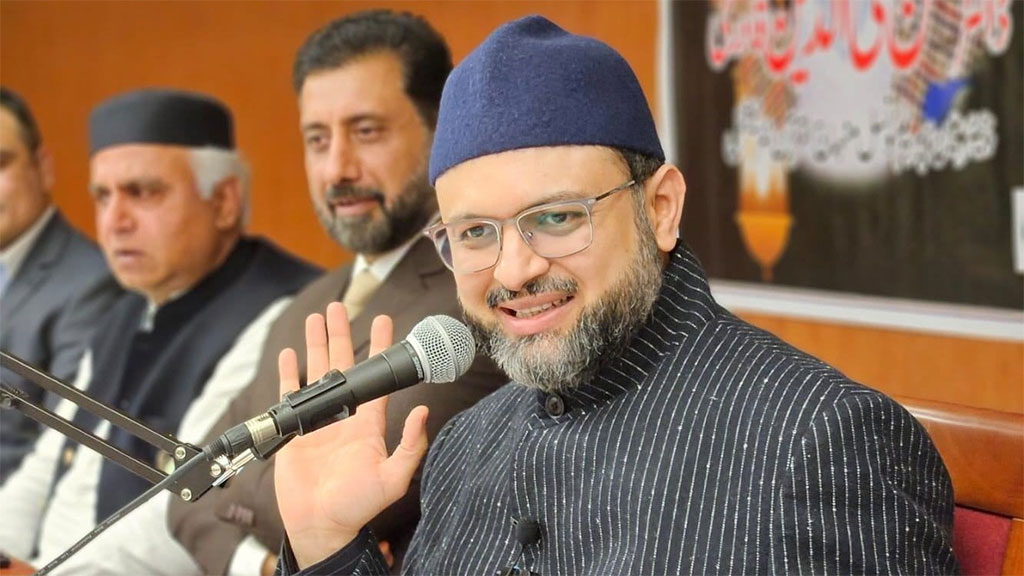
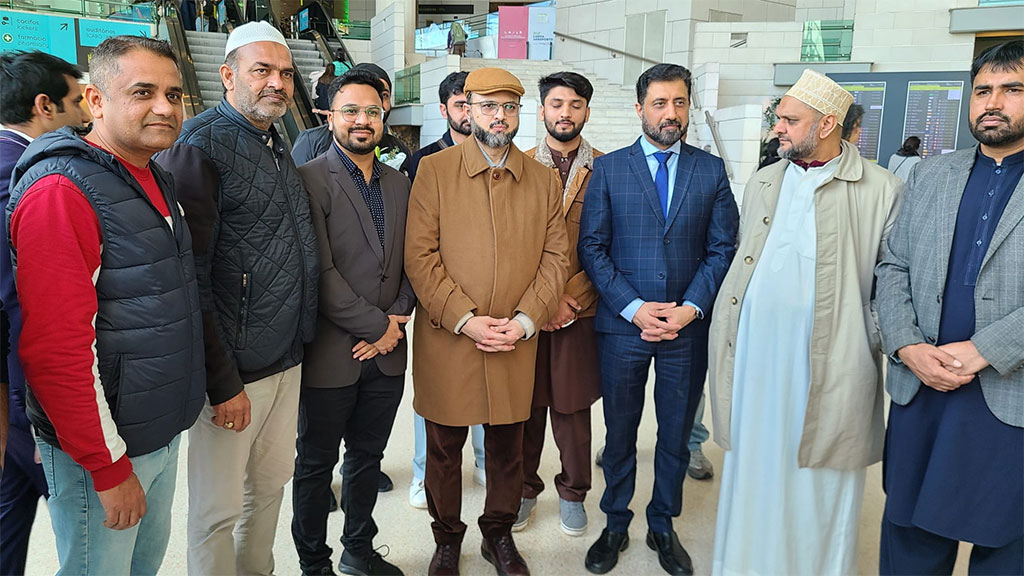
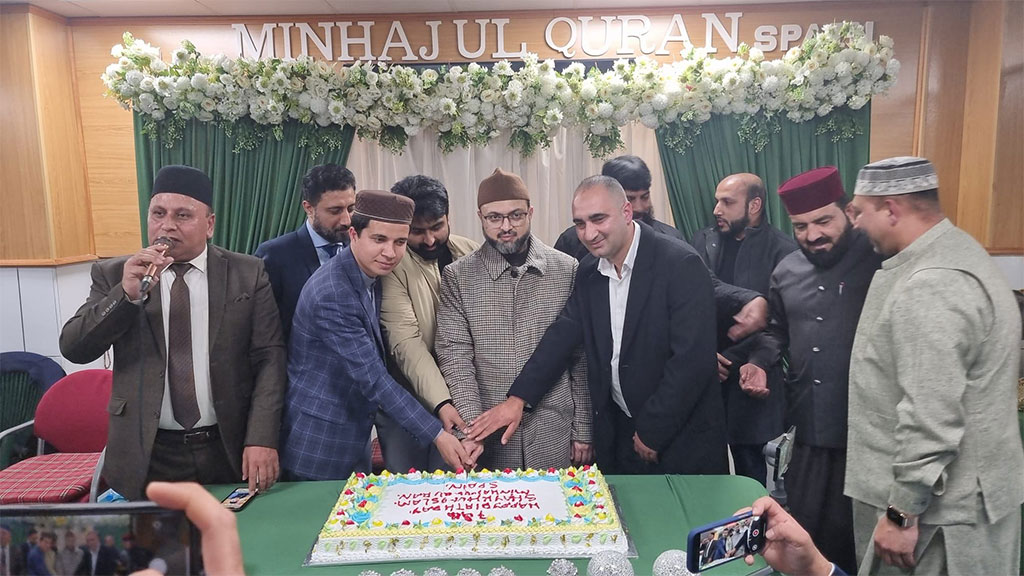


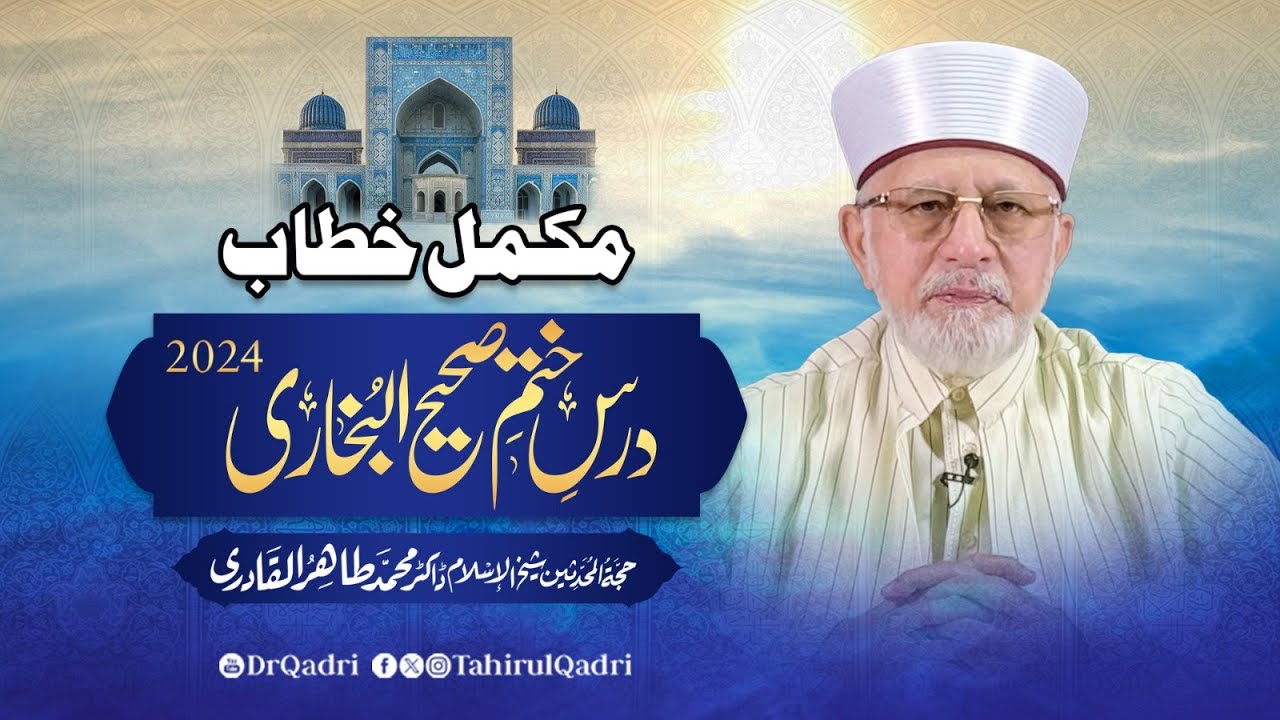

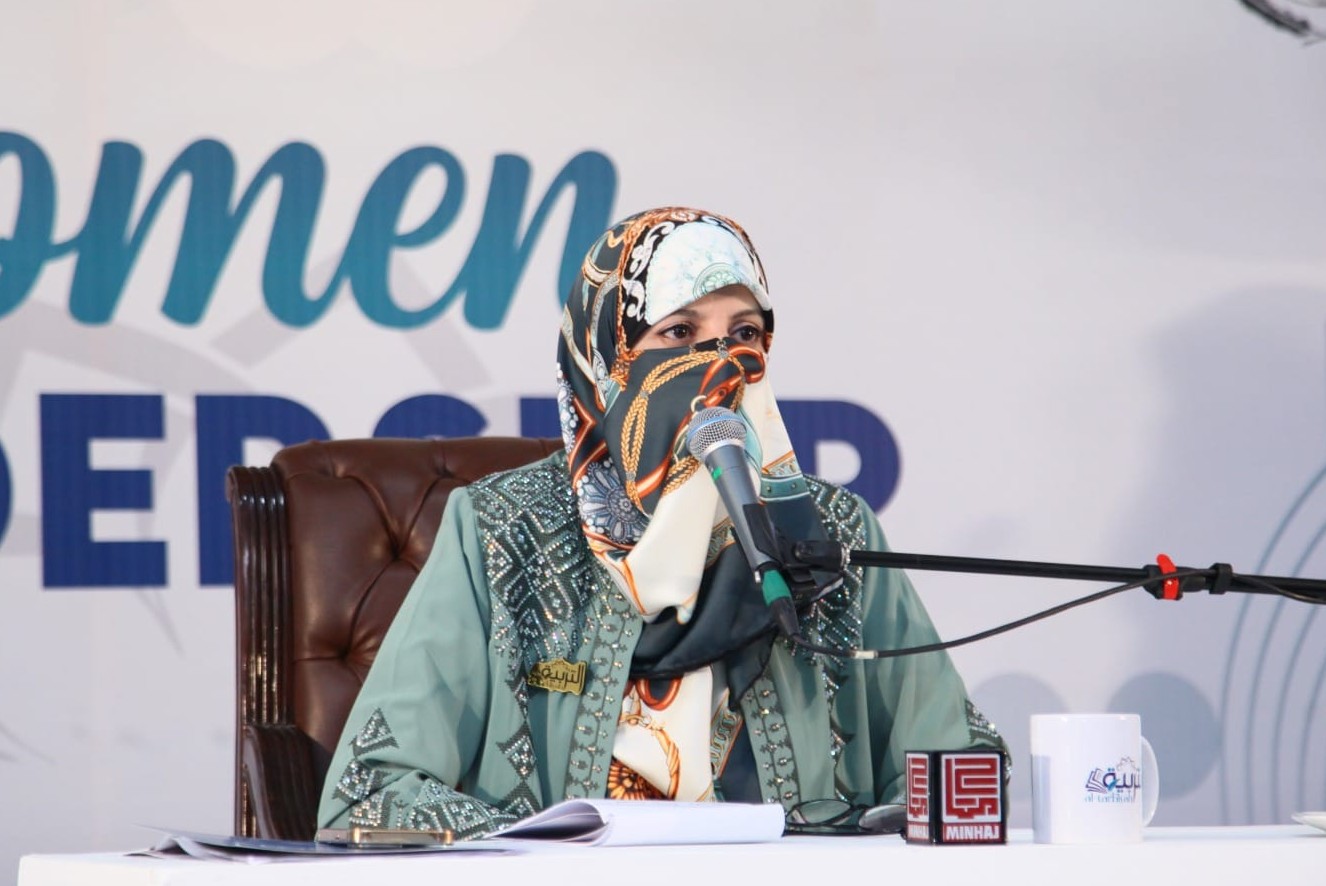
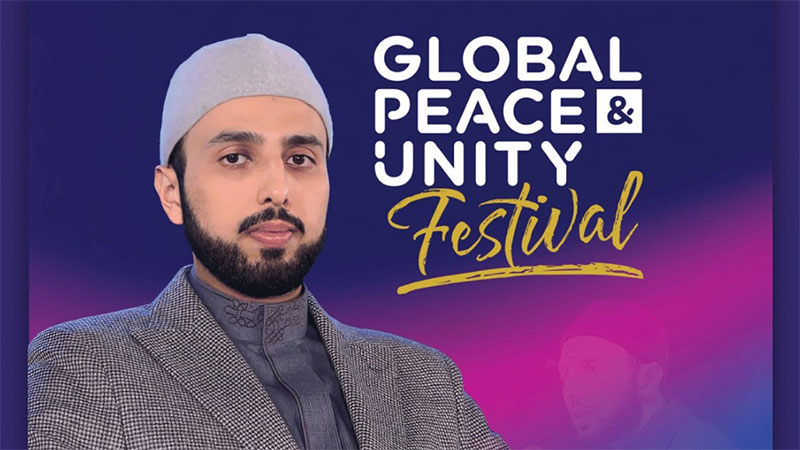





Comments